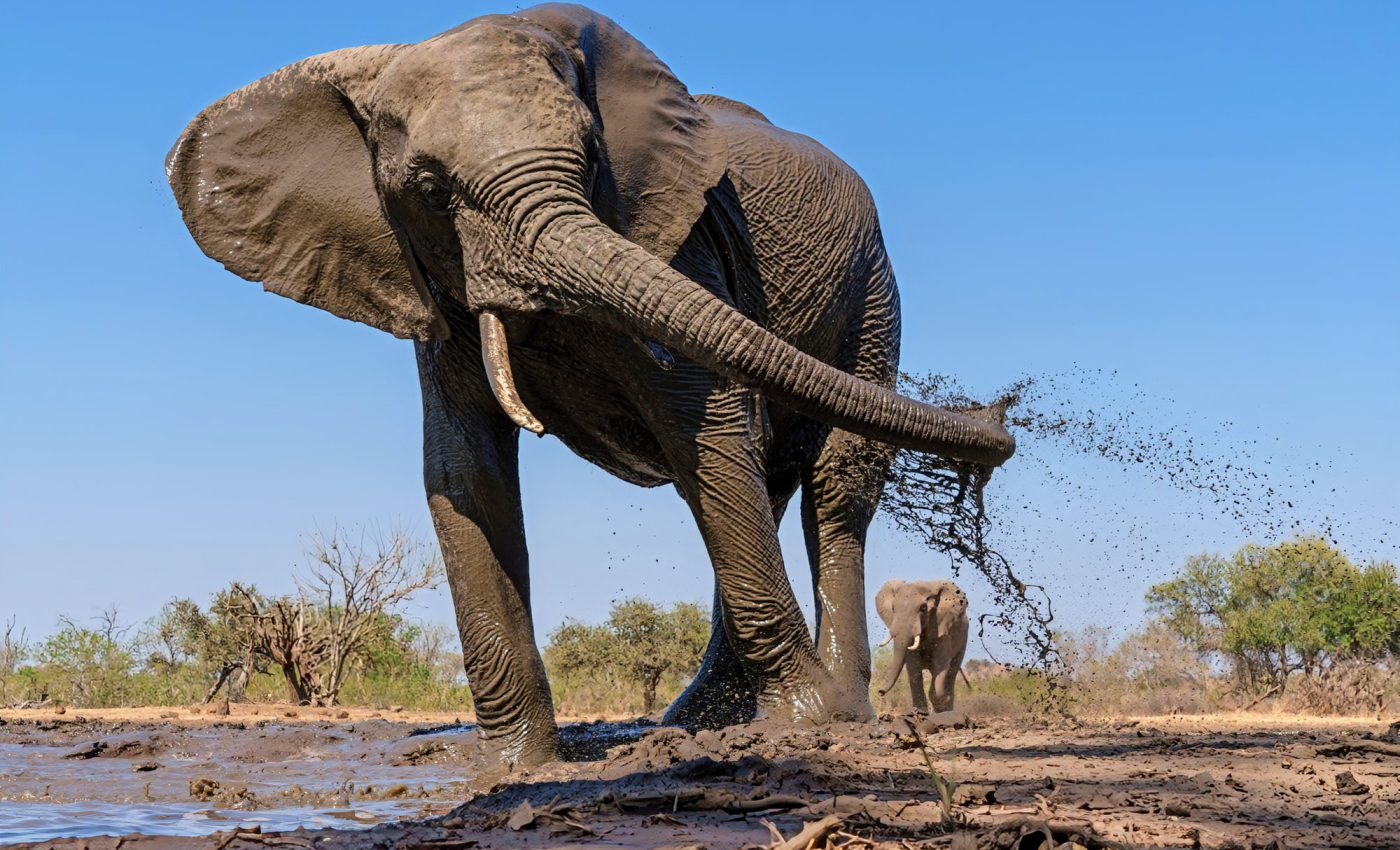
Elephant movement is influenced by habitat suitability
Elephant conservation is a crucial focus in southern Africa, but urbanization and habitat loss are increasingly confining these far-ranging animals to protected areas like game reserves where they have limited movement.
This containment poses a significant risk: isolated populations can become genetically uniform, making elephants more susceptible to diseases and environmental changes.
Elephant movement corridors
A recent study by researchers from the University of Illinois Urbana-Champaign and the University of Pretoria in South Africa offers a solution by creating and optimizing elephant movement corridors across a seven-country region.
The study provides a detailed map illustrating landscape connections that support elephants’ habitat needs and promote genetic diversity through enhanced gene flow among populations.
Lead author Alida de Flamingh, who conducted the study as part of her doctoral program in the Department of Animal Sciences at Illinois, explained the study’s unique approach.
“Other research groups have integrated genetic and spatial data before, but usually it’s done on a more local scale. Ours was the first to combine both types of data for southern African elephants across such a large geographic area,” said de Flamingh, now a postdoctoral researcher at the Carl R. Woese Institute for Genomic Biology.
Elephants on the move
The scale of this study is significant because African elephants have extensive home ranges, roaming up to 11,000 square kilometers (over 2.7 million acres). They often travel long distances to avoid unsuitable habitats, making it essential to capture this vast scale in a single analysis.
“This was a massive effort. We went out with our partners in the Conservation Ecology Research Unit at the University of Pretoria to collect non-invasive DNA samples from elephant dung across the whole range,” de Flamingh said. “CERU also contributed data from GPS trackers on 80 collared elephants across nearly 54,000 locations.”
While GPS collar data shows how elephants move across the landscape, it doesn’t indicate whether such movement leads to gene flow. Conversely, DNA data documents gene flow but doesn’t show the movement paths elephants took. Integrating these data sets required a landscape genetics approach.
“Landscape genetics adapts some ideas from electrical circuit theory to discuss how animals might move and achieve gene flow. Our approach looks at resistances or costs elephants encounter as they move along multiple pathways through the region, accounting for the possibility of losing or gaining individual paths,” explained co-author Nathan Alexander, a postdoctoral researcher at the Illinois Natural History Survey.
Identifying crucial elephant routes
In this study, “costs” refer to various environmental challenges, including steep slopes, barren areas with little to no vegetation, densely populated human settlements, and regions far from water sources.
By combining these environmental factors with DNA data, the researchers could predict how elephants navigate their habitats and identify crucial routes to maintain gene flow across protected areas.
“We did not find a simple linear relationship where more suitable habitats are less costly. Instead, we found a pronounced nonlinear pattern where the least suitable habitats have the biggest impact on elephant movement or distribution across the landscape,” de Flamingh said.
“Intermediate habitats aren’t necessarily dictating their movements as much as these really, really unsuitable habitats. That’s positive, if you think about it. They’re tolerant of intermediate habitats and can still move through them.”
Helping elephants avoid unsuitable habitats
The researchers identified extremely unsuitable habitats like the vegetation-free Makgadikgadi salt pans in Botswana and densely populated human settlements.
By providing connections that avoid these areas, the study suggests, it is possible to reduce human-elephant conflict, a significant threat to elephant populations.
De Flamingh highlighted that the insights from this study could help governmental authorities and NGOs in southern Africa develop effective conservation strategies.
“Southern Africa has the largest number of elephants in all of Africa. So any conservation efforts there, especially those that avoid human-elephant conflict, would protect pretty large populations of elephants,” added senior author Al Roca, an animal sciences professor in ACES.
“Our partners at CERU, as well as our funders – the International Fund for Animal Welfare and the African Elephant Conservation Fund of the U.S. Fish and Wildlife Service – are really critical in those efforts.”
Significance of the study
The study’s comprehensive approach and its combination of genetic and spatial data on a broad geographic scale represent a significant advancement in conservation biology.
By understanding and facilitating the natural movement patterns of elephants, conservationists can help ensure these majestic animals’ long-term survival and genetic health, ultimately contributing to the broader efforts to maintain biodiversity and ecological balance in the region.
The study is published in the journal Biodiversity and Conservation.
—–
Like what you read? Subscribe to our newsletter for engaging articles, exclusive content, and the latest updates.
Check us out on EarthSnap, a free app brought to you by Eric Ralls and Earth.com.
—–













